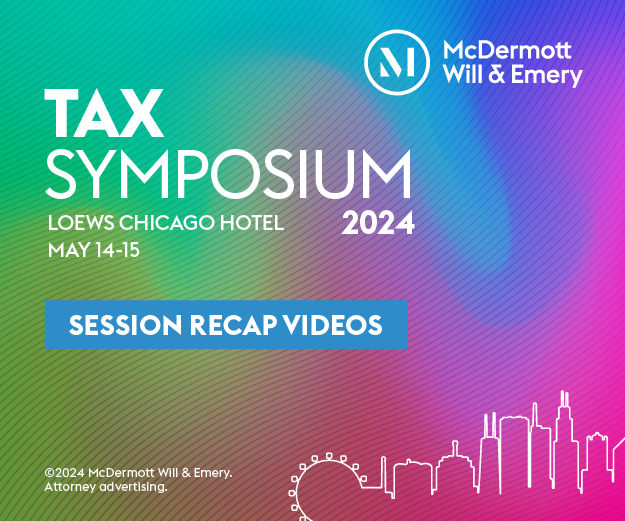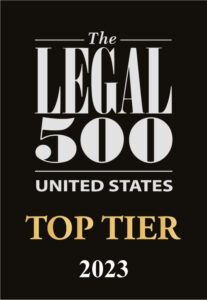As anticipated in our earlier post, Country-by-Country (CbC) reporting is finally here! On Wednesday, the US Department of the Treasury released final regulations for CbC reporting, effective June 30, 2016. The final regulations apply to any US person who is the “ultimate parent” of a multinational enterprise group that has annual revenue for the preceding year of at least $850 million. For tax years beginning after June 30, 2016, taxpayers subject to the final regulations will be required to file a new Form 8975 Country-by-Country Report with their US federal income tax returns. CbC reporting will likely change the disclosure landscape for entities operating in multiple countries.
read more

 Subscribe
Subscribe




